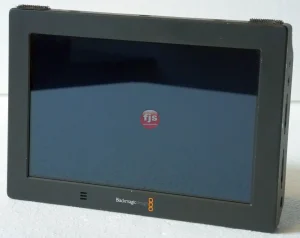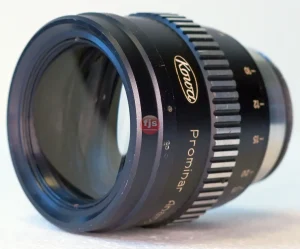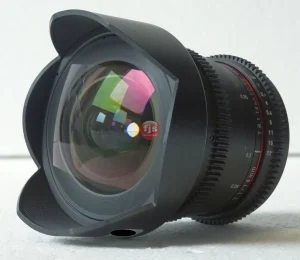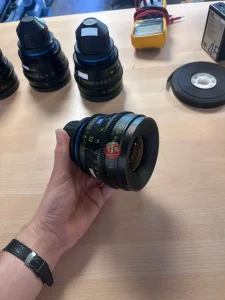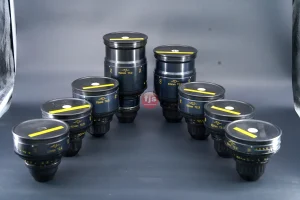Introduction
S7/i lenses are renowned for their exceptional image quality and performance in various lighting conditions. However, even these high-end lenses have certain limitations when shooting in low-light environments. Understanding these limitations can help you make informed decisions and optimize your workflow.
Key Limitations
- Noise Reduction: While S7/i lenses excel in capturing detail and minimizing noise, pushing the ISO too high in extremely low-light conditions can still result in visible noise artifacts.
- Autofocus Challenges: Autofocus systems can struggle to lock onto subjects in very low-light scenarios, leading to missed focus or hunting. Manual focus may be necessary for precise control.
- Lens Flare and Ghosting: The large apertures of S7/i lenses can sometimes contribute to lens flare and ghosting, especially when shooting directly into strong light sources. Using lens hoods and careful framing can help mitigate these issues.
- Rolling Shutter Distortion: When shooting fast-moving subjects in low light, rolling shutter distortion can occur, resulting in warped or slanted objects. Using a faster shutter speed can help minimize this effect.
- Depth of Field: While the wide apertures of S7/i lenses allow for shallow depth of field, achieving sufficient depth of field in low-light conditions may require stopping down the aperture, which can result in slower shutter speeds and increased noise.
Conclusion
S7/i lenses are powerful tools for capturing stunning footage in a variety of lighting conditions. However, it’s essential to be aware of their limitations in low light. By understanding these limitations and employing appropriate techniques, you can maximize the performance of your S7/i lenses and achieve exceptional results even in challenging lighting scenarios.
Frequently Asked Questions
- What is the best way to reduce noise in low-light footage captured with S7/i lenses? Using a lower ISO setting, increasing exposure time, or using noise reduction software can help minimize noise.
- Can I use S7/i lenses for fast-action sports in low light? While S7/i lenses offer good low-light performance, capturing fast-moving subjects in extremely low light may require additional lighting or specialized techniques to avoid motion blur and rolling shutter distortion.
- Are there any accessories that can help improve low-light performance with S7/i lenses? Using a sturdy tripod, fast memory cards, and a remote shutter release can help stabilize your camera and reduce camera shake, which is particularly important in low-light conditions.



